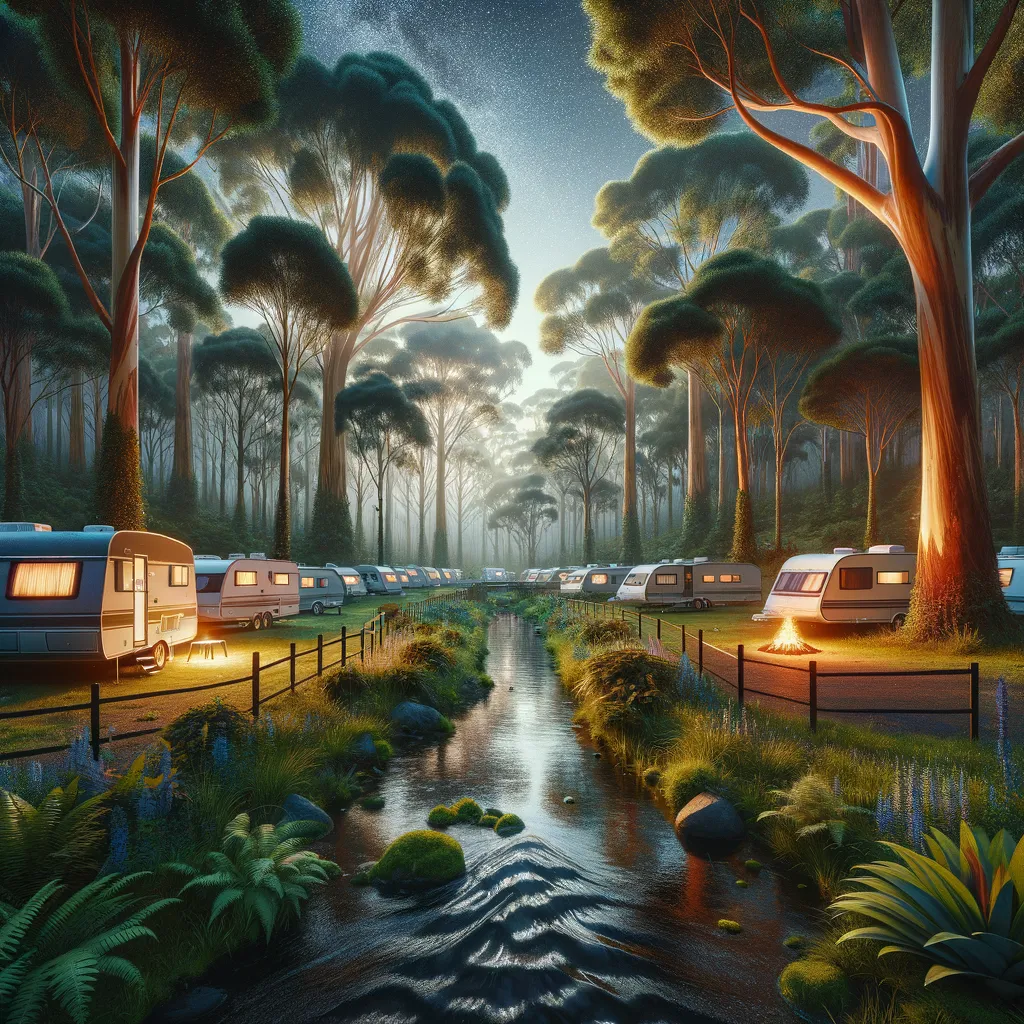Explore the Night: A Parent’s Guide to the Best Historical Sites for Star Gazing
Welcome to our comprehensive guide designed for adventure-loving parents eager to introduce their little ones to the splendid universe above us. Star gazing is not just an activity; it’s an experience, a gateway to the cosmos, and a fantastic way to spark curiosity and wonder in the hearts of your children. Whether it’s the intrigue of constellations, the dance of a meteor shower, or the rare glimpse of a comet, the night sky offers endless opportunities for exploration and learning. In this guide, we’ll unveil the best historical sites renowned for their clear skies and spectacular celestial views. Before we dive into these cosmic wonders, ensure you’re fully prepared for your stellar adventure with essential gear from Camping and get inspired for more Outdoor Activities.
Our journey through the stars isn’t just about looking up; it’s about connecting with places that have a rich history of astronomy, sites where ancient civilizations once gazed upon the same stars in wonder. From natural dark spots free of light pollution to historical observatories that have witnessed the evolution of our understanding of the cosmos, this guide is your portal to not just see, but experience the universe.
Why star gazing? Beyond the sheer beauty of the night sky, star gazing is an educational adventure that teaches patience, enhances knowledge of astronomy and physics, and offers an invaluable perspective on our place in the universe. It’s a peaceful, awe-inspiring experience that families can share, creating memories that last a lifetime alongside lessons that spark lifelong curiosity about science and exploration.
Preparing for Your Star Gazing Adventure
Before setting off on your celestial journey, preparation is key. Here’s what you need to ensure a successful star gazing outing:
- A Clear Night: A little research into the weather and moon phases can go a long way. Opt for nights when the moon is not full to enjoy the darkest skies.
- Right Equipment: While a telescope can provide a detailed view, a simple pair of binoculars or even the naked eye can offer a splendid star gazing experience. Don’t forget to bring a comfortable blanket or chairs for lying back and looking up.
- Star Charts or Apps: Navigate the night sky with ease. Today, several apps can help identify constellations, planets, and celestial events right from your smartphone.
- Warm Clothes and Supplies: Nights can get chilly, even in the summer. Dress in layers and bring some snacks and hot drinks to make your experience more enjoyable.
Now that you’re prepared for your night under the stars, let’s explore the historical sites that offer the best star gazing opportunities. These sites are not only great for their clear skies but are also locations with significant astronomical relevance, from ancient observatories to natural settings that have inspired centuries of star gazing.
Join us as we embark on this nocturnal adventure, where history and the cosmos align to offer a spectacular show. From the deserts of the Southwest to the ancient ruins of Europe, these locations promise an unforgettable journey through space and time, offering your family a unique opportunity to connect with each other and the universe at large.
5 Essential Tips for Parents Planning the Ultimate Star Gazing Experience
Embarking on a star-gazing journey with your family is an enriching experience. It’s not only about discovering the beauty of the night sky but also about making lifelong memories together. To ensure your star-gazing adventure is as magical and hassle-free as possible, here are five crucial tips every parent should know:
1. Education is Key
Before you head out under the night sky, take some time to learn about what you might see. This could involve simple activities like identifying the major constellations, learning about the phases of the Moon, or understanding what makes a shooting star. The internet offers a wealth of resources, including interactive star charts and astronomy websites, which can make the learning both fun and educational. Consider visiting NASA’s website for up-to-date information and fascinating facts about our universe. By doing a little homework, you make the star-gazing experience not only more enjoyable but also deeply educational for your kids.
2. Choose the Right Time and Place
Finding the perfect spot for star gazing is crucial. Look for locations known for their clear skies and minimal light pollution—many historical sites offer just that, plus the added allure of experiencing the night sky as ancient civilizations did. Additionally, timing your outing when there is a new moon can provide the darkest sky possible, making it easier to spot the fainter stars and galaxies. Websites like Dark Sky Association can help you locate the best spots with minimal light pollution near you.
3. Prepare for Comfort and Safety
Comfort and safety should be atop your list of priorities. Ensure everyone is dressed appropriately for the weather, which may include extra layers or rain gear depending on your location and the season. A comfortable viewing setup is also essential, so consider bringing reclining chairs, blankets, and even an inflatable mattress to lie on and look up in comfort. A small, red-tinted flashlight can help you see in the dark without ruining your night vision. Lastly, make sure to inform someone not with your party of your whereabouts and expected return time for added safety.
4. Technology Can Enhance the Experience
In today’s digital age, technology can significantly enhance your star-gazing experience. Star chart apps, for example, can help identify celestial objects in real-time just by pointing your phone at the sky. Some popular apps include SkyView, Stellarium, and Star Walk 2. However, it’s essential to use these tools sparingly, as too much screen time can detract from the experience and interfere with your night vision. Aim for a balance between technological assistance and direct observation to keep the experience as authentic and immersive as possible.
5. Instill a Sense of Wonder and Patience
Perhaps the most crucial tip for parents is to foster a sense of wonder and patience in their children. Star gazing is not about instant gratification; it’s about the slow reveal, the gradual appearance of stars as your eyes adjust, and the awe-inspiring realization of how vast our universe is. Teach your children to sit quietly, look up, and marvel at the cosmos. Share stories about the constellations, discuss the science behind what you’re seeing, and encourage questions. This approach will not only enhance the star-gazing experience but also instill a lifelong appreciation for science and exploration.
In wrapping up, remember that star gazing is more than just an activity—it’s an opportunity to connect with the universe and with each other. By choosing the right location, such as the historical sites highlighted, and preparing adequately, you’re setting the stage for an unforgettable family adventure. Whether it’s marveling at the Milky Way, spotting a shooting star, or identifying constellations, the night sky offers an infinite canvas for exploration and wonder. So pack your bags, charge your smartphones, and embark on a journey that promises to bring the cosmos a little closer to home. Let the stars be your guide in an adventure where history and the heavens align to offer a spectacle like no other, ensuring your family’s star-gazing experience becomes a cherished memory for years to come.
Disclaimer
The articles available via our website provide general information only and we strongly urge readers to exercise caution and conduct their own thorough research and fact-checking. The information presented should not be taken as absolute truth, and, to the maximum extent permitted by law, we will not be held liable for any inaccuracies or errors in the content. It is essential for individuals to independently verify and validate the information before making any decisions or taking any actions based on the articles.





